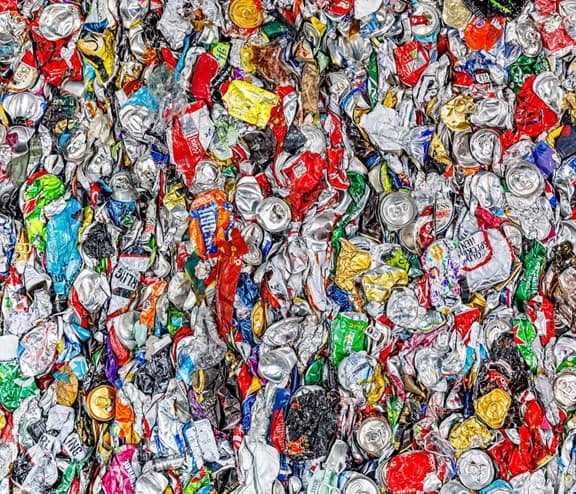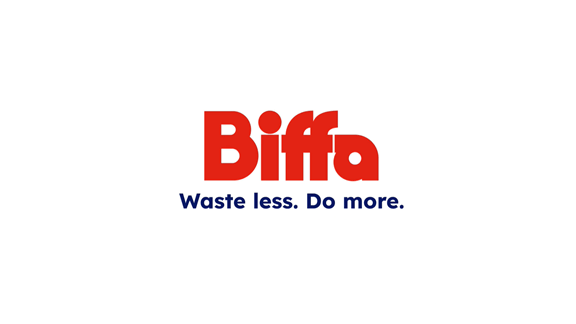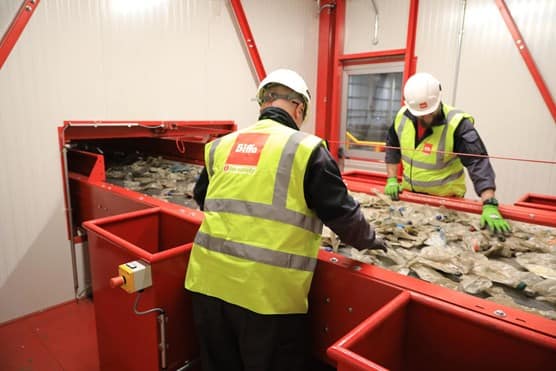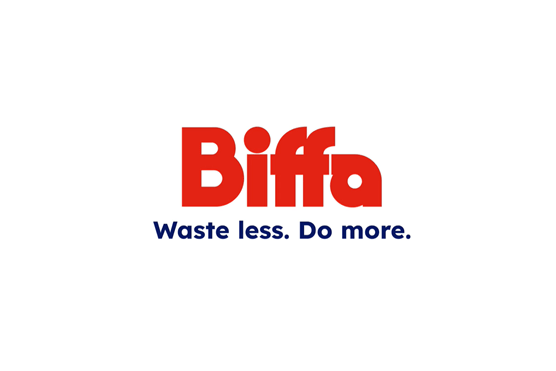
How to avoid wishcycling?
Learn more about the two main types of wishcycling and five things you can do to prevent it.
Wishcycling generally means putting items into a recycling bin that cannot be recycled.
The intentions are often good, because people want to recycle as much as possible. However, when we put an item into a bin that we are unsure about, or feel should be recycled, it can lead to recyclable materials and resources being wasted.
Watch this 90 second video for wishcycling examples…
What is wishcycling?
Items that cannot be recycled
Putting waste items that cannot be recycled into a recycling bin is one form of wishcycling. It happens mostly in mixed recycling bins where multiple items are accepted.Common items in this category are plastic film, composite packaging made of layered materials such as soup cartons and juice boxes, items made of mixed plastics, drinking glasses, rubber items, textiles, and electronic devices.
Items such as plastic film and electronic devices like vapes, can be recycled but not with mixed recycling, as they need specialist collection and processing. Biffa offers a free waste audit to assess your waste management needs where options like specialist waste streams can be assessed.
Items that are recyclable but are contaminated
Putting recyclable materials that have been contaminated into a recycling bin is another form of wishcycling. Examples of contaminated wishcycling include plastic bottles or containers with fluid still in them, metal tins or glass jars stained with residue, foil trays with content stuck to it, cleaning products that have not been emptied, and wet cardboard.Even if the pack says to recycle, if it has residue on it, we are unable to recycle it. Residue can damage machinery, create hygiene risks, and potentially spread contamination to the other materials in the bin.
What iff waste data was the missing link in manufacturing efficiency?
Five ways to keep recycling from turning into wishcycling
1- Rinse or wipe away contamination
If an item has residue on it, we are unable to recycle it. This is because it causes damage to machinery and lowers the quality of recycled material. The most common contaminator is food, so please remember to rinse or wipe off your containers.
2- Keep items separate
Many people trying to compact their waste, will put recyclable containers inside other larger containers. Our operatives cannot separate these items during the quality control processes. Together, the mixed materials mean they are all unrecyclable. For mixed recycling collections it is always best to separate everything into single items.
3- Double check the labels
Just because something has a symbol does not mean it is widely recycled. The government has committed to clearer labelling on packaging, and we support this. In the meantime, double check the recycling symbols and use our helpful guide to what recycling symbols mean.
4- Composites contaminate
If a container is made up of layered materials, then it is composite. Soup cartons, juice boxes and plant-based milk cartons are often made-up of layered plastic and carboard. Although the packaging states it is recyclable, it needs specialist recycling and is not commonly collected as mixed recycling.
5- Train your colleagues
Your waste management supplier should be able to provide you with clear instructions and signage on what is accepted in your mixed recycling collections. Biffa has created support and resources for businesses to increase understanding around recycling and educate around waste management and policy.




